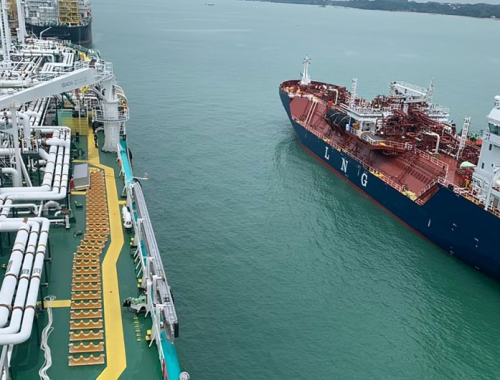Wood, SGN accelerate UK hydrogen plans
SUMMARY
Wood will conduct three pre-FEED studies to determine the optimal route and design of dedicated hydrogen pipelines and associated transmission infrastructure. [Image: Wood]
By Shardul SharmaPOSTED IN:
Wood on May 15 announced it is collaborating with SGN, a gas distribution company, to accelerate the development of hydrogen transmission infrastructure in Scotland and southern England, in line with the UK's commitment to achieving Net Zero emissions by 2050.
Over the next year, Wood will conduct three pre-FEED (front-end engineering design) studies to determine the optimal route and design of dedicated hydrogen pipelines and associated transmission infrastructure.
The proposed concept involves repurposing existing natural gas infrastructure to connect hydrogen producers with energy users seeking to reduce their carbon emissions by utilizing hydrogen.
The H2 Caledonia project encompasses two pre-FEED projects in Scotland's Central Belt and Fife's East Coast. These initiatives aim to explore the development of low-carbon hydrogen production across Scotland and will integrate with the ongoing Aberdeen Vision study, where Wood is also involved in the pre-FEED phase.
In central southern England, the H2 Connect project will focus on designing an efficient hydrogen network in the region. The project will concentrate on developing hydrogen infrastructure and imports in the Southampton/Solent area, along with future plans for expanding hydrogen production and storage.
Azad Hessamodini, executive president of consulting at Wood, expressed the significance of these projects in helping the UK and Scottish governments achieve their carbon reduction goals.
Fergus Tickell, hydrogen solutions lead at SGN, emphasised that transitioning gas networks to 100% hydrogen is a potential pathway to low-disruption and cost-effective decarbonisation for home heating and industry, aligning with the net zero commitments of the UK and Scottish governments.
“H2 Caledonia and H2 Connect are key drivers in demonstrating how the gas industry can safely and practically transport hydrogen through its network of pipes, plus the strategic planning required for system transformations, while converting gas networks in an affordable and practical way that guarantees the continued security of supply to consumers and businesses,” Tickell said.







